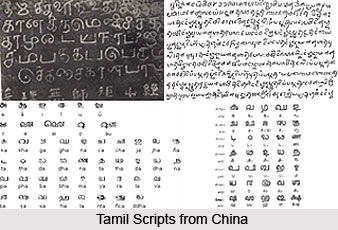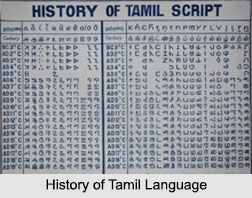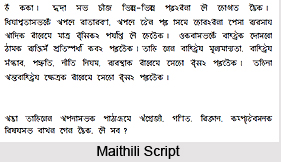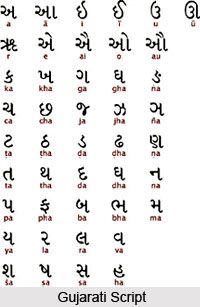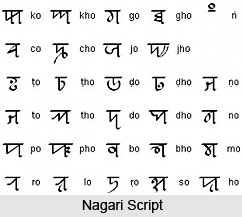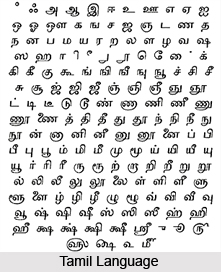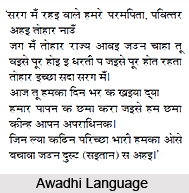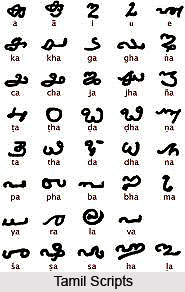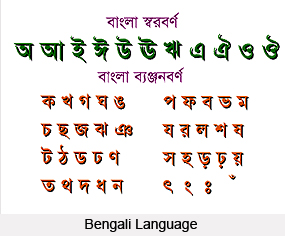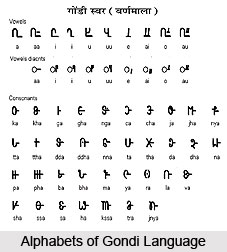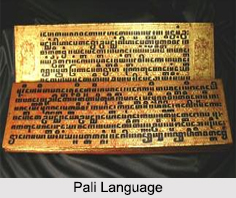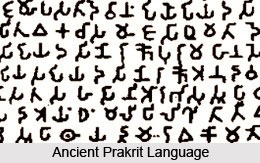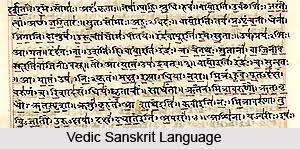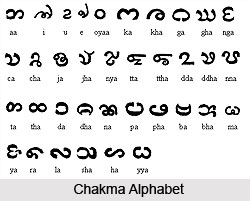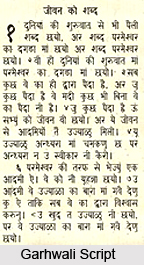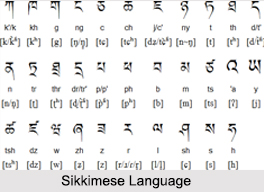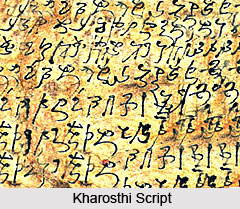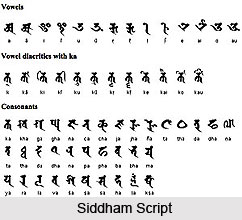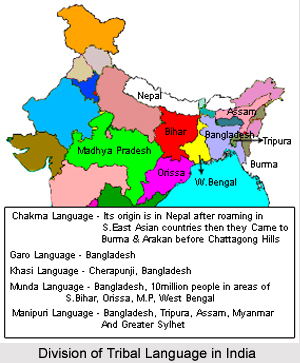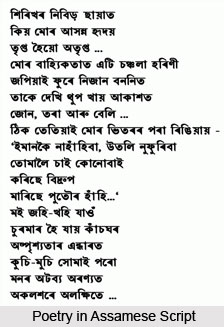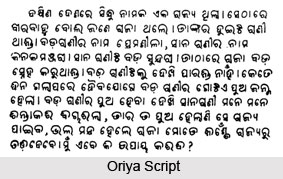 Odia, formerly known as Oriya, is an Indo-Aryan language predominantly spoken in the Indian state of Odisha. With native speakers constituting approximately 82% of the population in Odisha, it holds the status of the official language in the region. Beyond Odisha`s borders, Odia is also spoken in certain areas of West Bengal, Jharkhand, Andhra Pradesh, and Chhattisgarh. Recognized as one of India`s official languages, it holds the official language status in Odisha and is acknowledged as the second official language in Jharkhand.
Odia, formerly known as Oriya, is an Indo-Aryan language predominantly spoken in the Indian state of Odisha. With native speakers constituting approximately 82% of the population in Odisha, it holds the status of the official language in the region. Beyond Odisha`s borders, Odia is also spoken in certain areas of West Bengal, Jharkhand, Andhra Pradesh, and Chhattisgarh. Recognized as one of India`s official languages, it holds the official language status in Odisha and is acknowledged as the second official language in Jharkhand.
History of Odia Language
Odia holds the distinction of being the sixth Indian language accorded the status of a classical language. This designation is based on its extensive literary history and its minimal borrowing from other linguistic traditions. The history of the Odia language traces back to its roots in the Eastern Indo-Aryan language family, descending from Odra Prakrit, which in turn evolved from Magadhi Prakrit, an ancient language spoken in eastern India over 1,500 years ago. The language boasts a rich literary heritage, with the earliest known inscription dating back to the 10th century CE, underscoring its antiquity and cultural significance. This linguistic lineage is notable for its use in early Jain and Buddhist texts. Unlike some of its counterparts within the Indo-Aryan family, Odia exhibits relatively limited influence from Persian and Arabic languages.
The historical development of Odia can be delineated into several distinct periods:
Old Odia during the period of 10th century till 13th century: The emergence of Old Odia is substantiated by inscriptions from the 10th century onwards, notably exemplified by the Urajam inscription of the Eastern Ganga dynasty dated to 1051 CE. Further evidence of Old Odia can be found in inscriptions dating to 1249 CE.
Early Middle Odia during the period of 13th century to 15th century: This era witnesses the earliest use of prose, notably exemplified by works such as Madala Panji of the Jagannath Temple at Puri, dating back to the 12th century. Several literary works, including Sisu Beda, Amarakosa, Gorekha Samhita, Kalasa Chautisa, and Saptanga, are composed in this form of Odia.
Middle Odia during the period of 15th century to 17th century: This period witnessed significant literary developments, with notable figures like Sarala Das contributing seminal works such as the Mahabharata and Bilanka Ramayana. Panchasakha, a group of five poets including Balarama Dasa, Jagannatha Dasa, Achyutananda Dasa, Sisu Ananta Dasa, and Jasobanta Dasa, also make significant contributions during this period.
Late Middle Odia during the period of 17th century to Early 19th century: Notable literary works from this period include Usabhilasa by Sisu Sankara Dasa, Rahasya Manjari by Deba Durlabha Dasa, and Rukmini Bibaha by Kartika Dasa. Figures like Upendra Bhanja and Dinakrushna Dasa further enrich Odia literature during this time.
Modern Odia during the period of Late 19th century to present: The late 19th century marks the beginning of the modern era for the Odia language. The publication of the first Odia magazine, Bodha Dayini, in 1861, and the establishment of newspapers like Utkala Deepika and Utkal Subhakari signify milestones in Odia journalism. This period also witnesses significant literary contributions from figures such as Fakir Mohan Senapati, Radhanath Ray, Madhusudan Das, Gopabandhu Das, and others, who played pivotal roles in promoting and shaping Odia literature.
Popularity of Odia Language
The Odia language, primarily spoken in the state of Odisha, extends its influence beyond its borders, with significant populations of Odia speakers residing in neighboring states such as Andhra Pradesh, Madhya Pradesh, Jharkhand, West Bengal, and Chhattisgarh. According to the 2011 census, Odia speakers constitute approximately 3.1% of the Indian population, with a significant majority of 93% residing within the state of Odisha.
The migration of laborers has further facilitated the spread of Odia language, notably into the western state of Gujarat, where a substantial community of Odia speakers has emerged. Urban centers across India, including Vishakhapatnam, Hyderabad, Pondicherry, Bangalore, Chennai, Goa, Mumbai, Raipur, Jamshedpur, Vadodara, Ahmedabad, New Delhi, Guwahati, Shillong, Pune, Gurgaon, Jammu, and Silvassa, also host notable populations of Odia speakers.
Dialects of Odia Language
The Odia language, with its rich linguistic diversity, encompasses various dialects spoken across different regions and communities. These dialects reflect the cultural and geographical nuances present within the Odia-speaking populace. Here are some notable dialects of the Odia language:
Baleswari: Primarily spoken in Baleswar, Bhadrak, Mayurbhanj, and Kendujhar districts of Odisha, as well as the southern parts of undivided Midnapore in West Bengal. The variant spoken in Baleswar is referred to as Baleswaria.
Kataki: Predominantly spoken in the coastal and central regions, including Cuttack, Khordha, Puri, Nayagarh, Jajpur, Jagatsinghpur, Kendrapara, Dhenkanal, Angul, Debagarh, and parts of Boudh districts of Odisha. The variant spoken in Cuttack is known as Katakia.
Khurda Odia: This dialect serves as the standard form of Odia and is spoken in Khordha, Puri, and Nayagarh districts of Odisha.
Ganjami: Spoken in Ganjam, Gajapati, and parts of Kandhamal districts of Odisha, as well as Srikakulam district of Andhra Pradesh. The variant spoken in Berhampur is also known as Berhampuria.
Sundargadi: Found in Sundergarh and parts of adjoining districts of Odisha, as well as Jashpur district of Chhattisgarh and Simdega district of Jharkhand.
Sambalpuri: Predominantly spoken in Sambalpur, Jharsuguda, Bargarh, Balangir, and Subarnapur districts of Odisha, along with parts of Nuapada and western Boudh districts. Also spoken in parts of Raigarh, Mahasamund, and Raipur districts of Chhattisgarh.
Desia: Found in southwestern districts of Nabarangpur, Rayagada, Koraput, Malkangiri, and southern parts of Kalahandi districts of Odisha, as well as in the hilly regions of Vishakhapatnam and Vizianagaram districts of Andhra Pradesh.
Additionally, there are minor dialects such as Medinipuri Odia, Singhbhumi Odia, Phulbani Odia, Kalahandia Odia, and Debagadia Odia, each with its own distinct features and regional variations.
Furthermore, several tribal dialects contribute to the linguistic diversity of Odia, including Bodo Parja, Bhatri, Reli, and Kupia, spoken by various indigenous communities across Odisha and neighboring regions of Andhra Pradesh and Chhattisgarh. These dialects highlight the intricate tapestry of language and culture present within the Odia-speaking population.
Writing System in Odia Language
The writing system utilized for the Odia language is known as the Odia script, also referred to as the Kalinga script. This script, which belongs to the Brahmic family, serves as the primary method of written communication for Odia and is also employed for writing Sanskrit and various minor regional languages. Its evolution spans nearly 1000 years, with the earliest known instance of the script dating back to 1051 AD.
The Odia script operates as a syllabic alphabet, categorized as an abugida, wherein each consonant inherently carries a vowel sound. To modify the inherent vowel sound, diacritics are employed, positioned above, below, before, or after the consonant. In instances where vowels initiate a syllable, they are represented as independent letters. Additionally, special conjunct symbols are utilized when certain consonants combine, facilitating the seamless integration of essential components from each consonant symbol.
The curved structure of the Odia script is a distinctive feature influenced by the traditional practice of writing on palm leaves. This curvature is particularly advantageous as it mitigates the risk of tearing inherent in straight lines when inscribed on palm leaves, thus contributing to the script`s durability and longevity.
